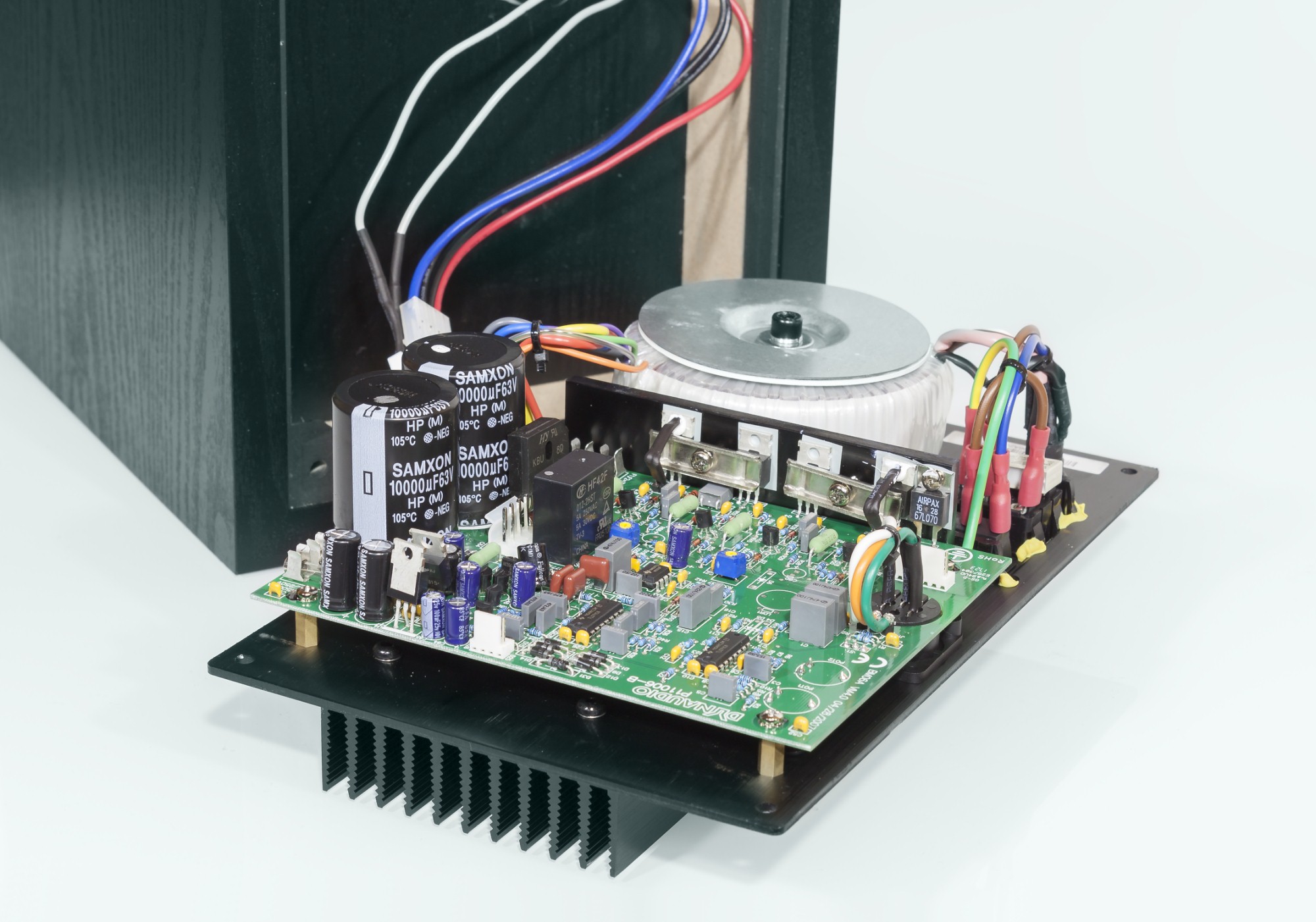Kingston
Well-known member
I have had these Dynaudio BM6A's for about 25 years. In our previous location they already suffered from RF interference if a phone happened to be close by in just the right angle. It was livable and I didn't bother trying to fix.
In our current location they both broadcast an equal amount of interference from something close by. The rest of the studio is completely silent and does not suffer from this. The speakers have the interference audible by equal amount whether cables are connected or not. The issue is clearly internal - and with both speakers behaving exactly the same - it's clearly a systemic issue.
The circuits themselves are not protected by a faraday cage. They are just sitting on an aluminum plate. The electronics are exposed internally through the wooden structures of the speakers - the plate simply screwed on plain wood.
Would it help to try to fashion a proper faraday cage? I can fit one comfortably inside the unit and with connection to the already grounded metal plate I think it should work great.
Or what other sources of interference should I look for, if armed with an oscilloscope? Can the speakers themselves act as RFI receivers, and then there's nothing that can be done?
Schematic: https://groupdiy.com/threads/dynaudio-bm6a-amplifier-schematic.29065/#post-1087841
In our current location they both broadcast an equal amount of interference from something close by. The rest of the studio is completely silent and does not suffer from this. The speakers have the interference audible by equal amount whether cables are connected or not. The issue is clearly internal - and with both speakers behaving exactly the same - it's clearly a systemic issue.
The circuits themselves are not protected by a faraday cage. They are just sitting on an aluminum plate. The electronics are exposed internally through the wooden structures of the speakers - the plate simply screwed on plain wood.
Would it help to try to fashion a proper faraday cage? I can fit one comfortably inside the unit and with connection to the already grounded metal plate I think it should work great.
Or what other sources of interference should I look for, if armed with an oscilloscope? Can the speakers themselves act as RFI receivers, and then there's nothing that can be done?
Schematic: https://groupdiy.com/threads/dynaudio-bm6a-amplifier-schematic.29065/#post-1087841
Last edited:



